Disclaimer: This post contains affiliate links. This means I may earn a commission should you choose to sign up for a program or make a purchase using my link.
Here to learn more about Fantasy Worldbuilding? Creating a compelling fantasy world is like weaving a tapestry of imagination, logic, and wonder. The best fantasy worlds—from Middle-earth to Westeros—immerse readers in a place that feels real and alive, brimming with its own history, rules, creatures, and conflicts. But how do you build a world that captures the reader’s imagination? Whether you’re a seasoned writer or a newcomer to the genre, these ten worldbuilding tips will help you create a fantasy world that feels rich, believable, and unforgettable.
Disclaimer: This post contains affiliate links. This means I may earn a commission should you chose to sign up for a program or make a purchase using my link. It’s okay – I love all of these companies anyways, and you will too!
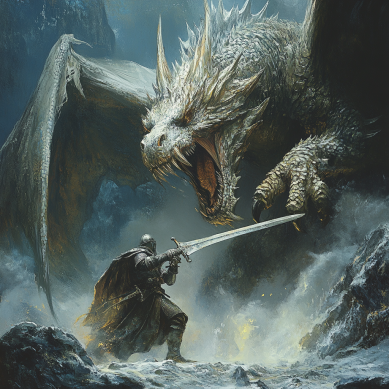
1. Define Your Magic System
Magic is often the cornerstone of a fantasy world, so it’s crucial to define how it works. Is your magic system soft (mysterious and undefined like in “The Lord of the Rings“) or hard (with clear rules and limitations like in “Mistborn” by Brandon Sanderson)? Decide on its source—whether it’s drawn from nature, ancient texts, or divine entities. Think about its cost and consequences. For example, does using magic drain the caster’s life force, or require rare ingredients? The key is consistency. If your readers understand the boundaries of your magic system, they’ll buy into it, no matter how fantastical.
Pro Tip:
Create a “magic bible” or a “story bible” to keep track of all the rules, spells, and lore associated with your magic system. This can help prevent inconsistencies and ensure that magic remains a cohesive and integral part of your world.
2. Build a Unique Setting
The setting of your fantasy world can make or break your story. Move beyond the classic medieval Europe trope. Think about geography—mountains, rivers, forests, deserts, and oceans can shape civilizations. Climate impacts culture, architecture, and daily life. Consider diverse environments like underground cities, floating islands, or realms perpetually covered in ice. Also, think vertically—your world could be built upon giant trees, or civilizations could exist in massive caves. The setting should feel like a character itself, evolving as the story progresses.
Pro Tip:
Create a detailed map, even if it’s just for your own reference. This helps visualize spatial relationships between different locations and ensures consistency in travel times, distances, and terrain.
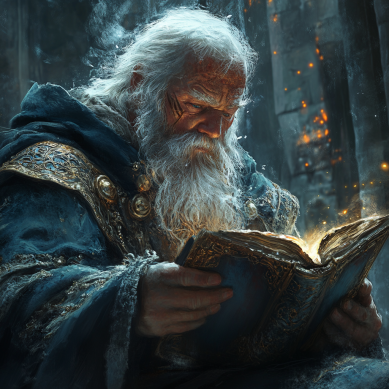
3. Develop a Rich History and Mythology
A believable fantasy world has a past that informs its present. Develop a history that explains current political boundaries, cultural tensions, and societal norms. What are the major events that shaped the world—wars, alliances, discoveries, or plagues? Likewise, create myths, legends, and religious beliefs that color the perspectives of different cultures. Is there a creation myth? Are there gods or legendary heroes? The past should have a direct influence on the current storyline, providing depth and context to your world.
Pro Tip:
Introduce fragments of history and mythology through artifacts, songs, stories, or old ruins that characters encounter. This creates a sense of discovery and invites readers to piece together the history themselves.
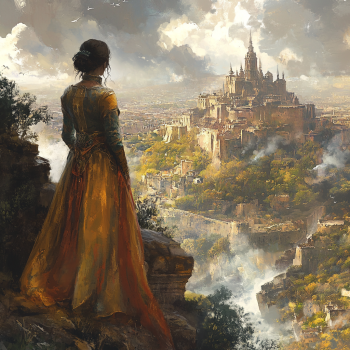
4. Craft Distinct Cultures and Societies
Societies in your world should feel diverse and authentic. Think about what makes each culture unique—clothing, food, language, social structure, and traditions. Are there caste systems, matriarchal societies, or guilds of powerful merchants? How do different cultures view magic, nature, or the divine? Consider the economy, politics, and daily life. Is there a society that reveres dragons as gods, while another hunts them for sport? Your world should feel like it’s populated by real people with their own customs, values, and conflicts.
Pro Tip:
When designing cultures, draw inspiration from a mix of real-world cultures, but avoid direct copies. This not only provides depth but also avoids cultural appropriation or stereotypes.
5. Create Compelling Creatures and Monsters
Fantasy worlds are often defined by their fantastical creatures, from dragons and griffins to more unique, home-brewed beasts. Think beyond existing mythological creatures. Create beings that inhabit specific environments and have unique behaviors, diets, and life cycles. Are there peaceful herbivores the size of houses or tiny, venomous creatures that burrow underground? Consider how these creatures interact with your world’s civilizations. Are they revered, hunted, or enslaved? The presence of unique fauna can add danger, wonder, and depth to your world.
Pro Tip:
Design your creatures with an ecosystem in mind. Think about food chains, habitats, and how creatures might affect the world. A world with giant flying predators would have very different societal development than one with no large predators at all.
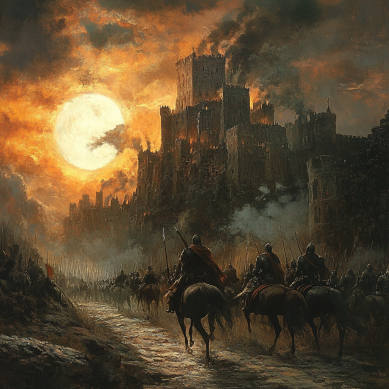
6. Establish a Political Landscape
Politics shape much of human interaction, and your fantasy world should be no different. What is the governing structure of different regions—kingdoms, empires, city-states, or republics? Who holds power, and how is it maintained—through force, manipulation, religion, or popular support? Think about alliances, rivalries, rebellions, and wars. A politically intricate world adds layers of conflict and intrigue. Characters’ goals often intersect with these political realities, driving plots and subplots.
Pro Tip:
Consider creating a political web for your story. Map out key factions, leaders, and their relationships. This helps in creating plots that feel organic and layered with political tension.
7. Incorporate a Realistic Economy
A functional economy grounds a fantasy world in reality. Think about the resources that are abundant or scarce and how they influence trade, conflict, and alliances. What are the major industries—farming, mining, magic? How does commerce work? Do cities have bustling markets, and are there trade routes that are crucial to certain regions’ survival? Also, consider how wealth is distributed. Are there wealthy merchant classes, or does a feudal system dominate? A nuanced economy can add realism and even conflict to your world.
Pro Tip:
Use economic conflicts as plot points. A mining town’s conflict over a new gold vein or a kingdom’s dispute over trade tariffs can be just as engaging as a magical duel.
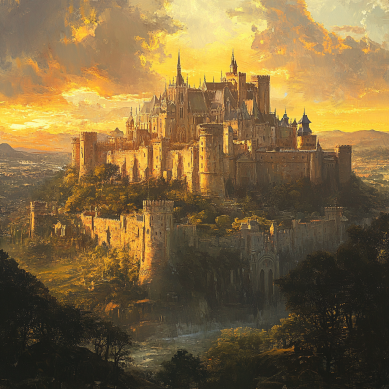
8. Define Laws, Morality, and Social Norms
Laws and morality add another layer of depth to your fantasy worldbuilding. What is considered a crime in one region might be a virtue in another. Are there laws against certain types of magic or against interacting with specific creatures? What are the consequences of breaking these laws? Consider societal taboos, legal systems, and punishment. Is there a place where dueling is the accepted way to resolve disputes, or where blood feuds run deep? Social norms also dictate how characters behave and interact with each other.
Pro Tip:
Let your characters test these laws and social norms. Conflict arises naturally when a character’s values clash with the society around them.
9. Think About Language and Communication
Language is a powerful tool in fantasy worldbuilding. Whether it’s a completely new language or just a set of unique phrases, the way characters speak can reveal a lot about your world. Does each culture have its own language, dialect, or slang? How do these languages influence each other? Consider also non-verbal communication, like gestures, symbols, or even music. Language barriers can serve as an obstacle, adding tension and complexity to interactions.
Pro Tip:
Use unique terminology sparingly and provide enough context for readers to understand without breaking immersion. A glossary can be a helpful tool, but readers should rarely feel forced to consult it.
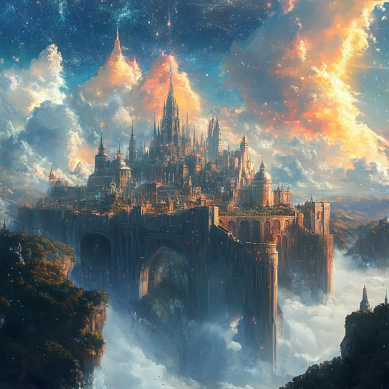
10. Create a Sense of Mystery and Discovery
One of the most thrilling parts of reading fantasy is the sense of discovery. Introduce unexplored lands, ancient ruins, forgotten spells, or hidden races. Make your world feel like it’s alive, with secrets waiting to be uncovered. This not only engages readers but can also drive the plot forward. However, ensure these mysteries are eventually addressed or lead to meaningful developments. Nothing frustrates readers more than a compelling mystery that goes nowhere.
Pro Tip:
Foreshadow your mysteries. Drop hints early on that something isn’t quite right or that there’s more than meets the eye. This builds anticipation and excitement.
Conclusion
Fantasy Worldbuilding is the art of creating a believable, immersive, and dynamic fantasy world that readers can lose themselves in. By focusing on a coherent magic system, rich history, distinct cultures, creatures, politics, and more, you can craft a world that feels alive. Remember that your world should serve the story, adding depth, conflict, and wonder to the narrative. Use these ten tips as a starting point, and don’t be afraid to push boundaries and think outside the box. Your world is yours to shape—now, go out there and build it!
Take these fantasy worldbuilding tips and start applying them to your current or next project or start building your story bible! Share your own worldbuilding experiences and challenges in the comments below. Happy writing!
Other Posts In Fantasy
- 20 Dark Fantasy Writing Prompts to Ensnare Your Imagination.
- 20 Dark Fantasy Writing Ideas to Unleash Your Shadowy Imagination.
- How to Build Complex Characters in Dark Fantasy and Horror Fiction.
- Writing Paranormal Fantasy That Feels New, Exciting, and Authentic.
- How to Blend Fantasy with Romance, Horror, Mystery, and More.
- How to Make Your Fantasy Races and Creatures Truly Unique
